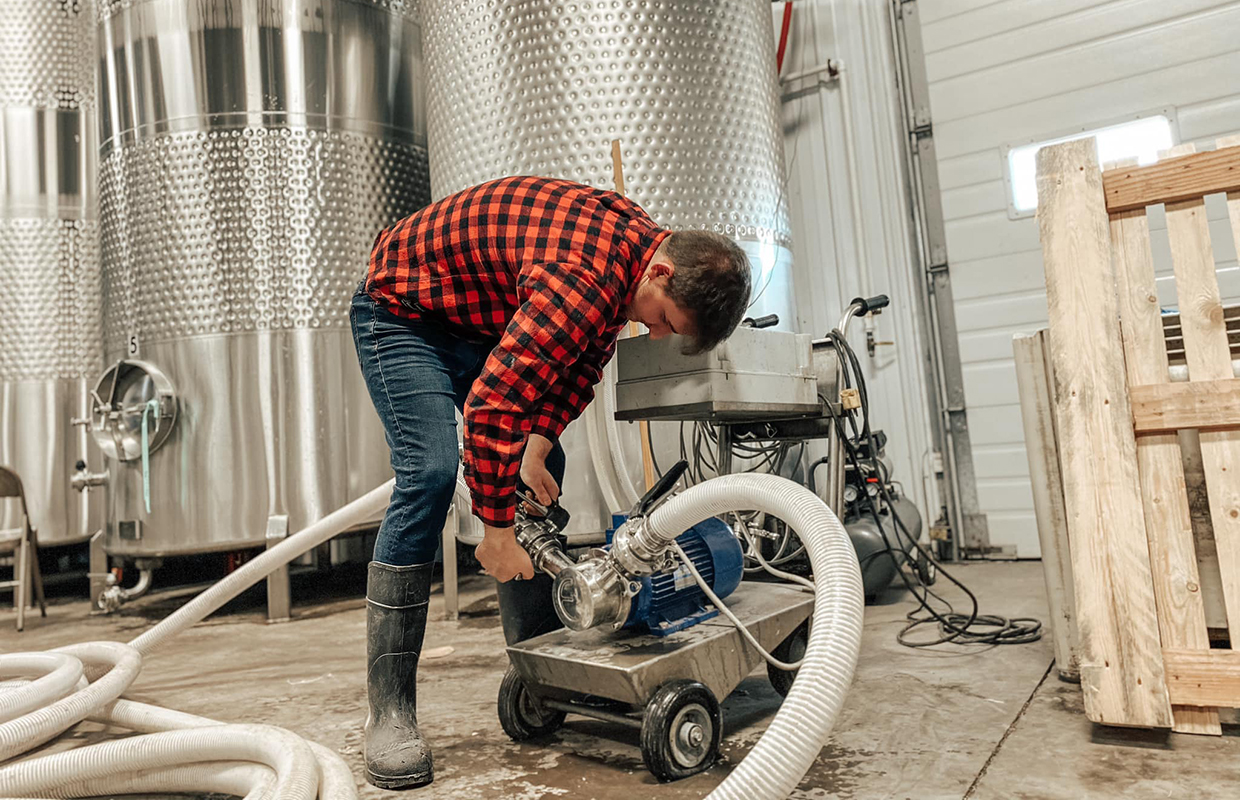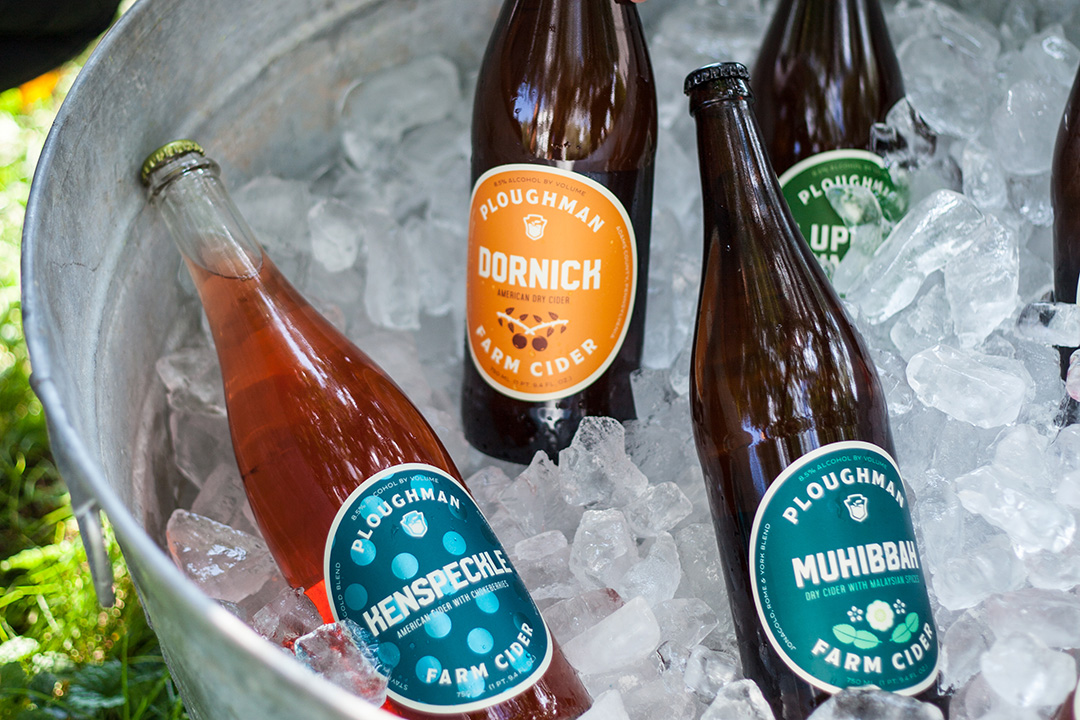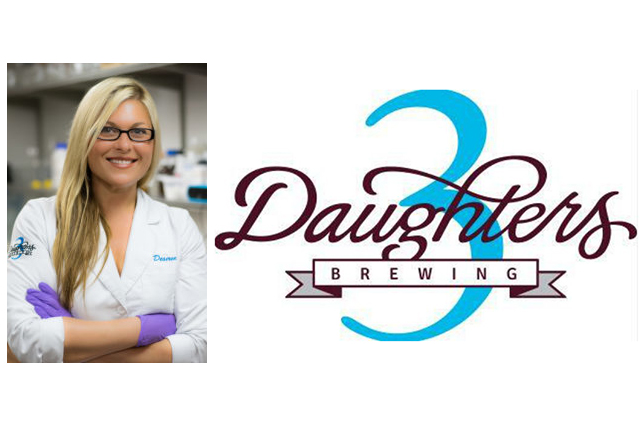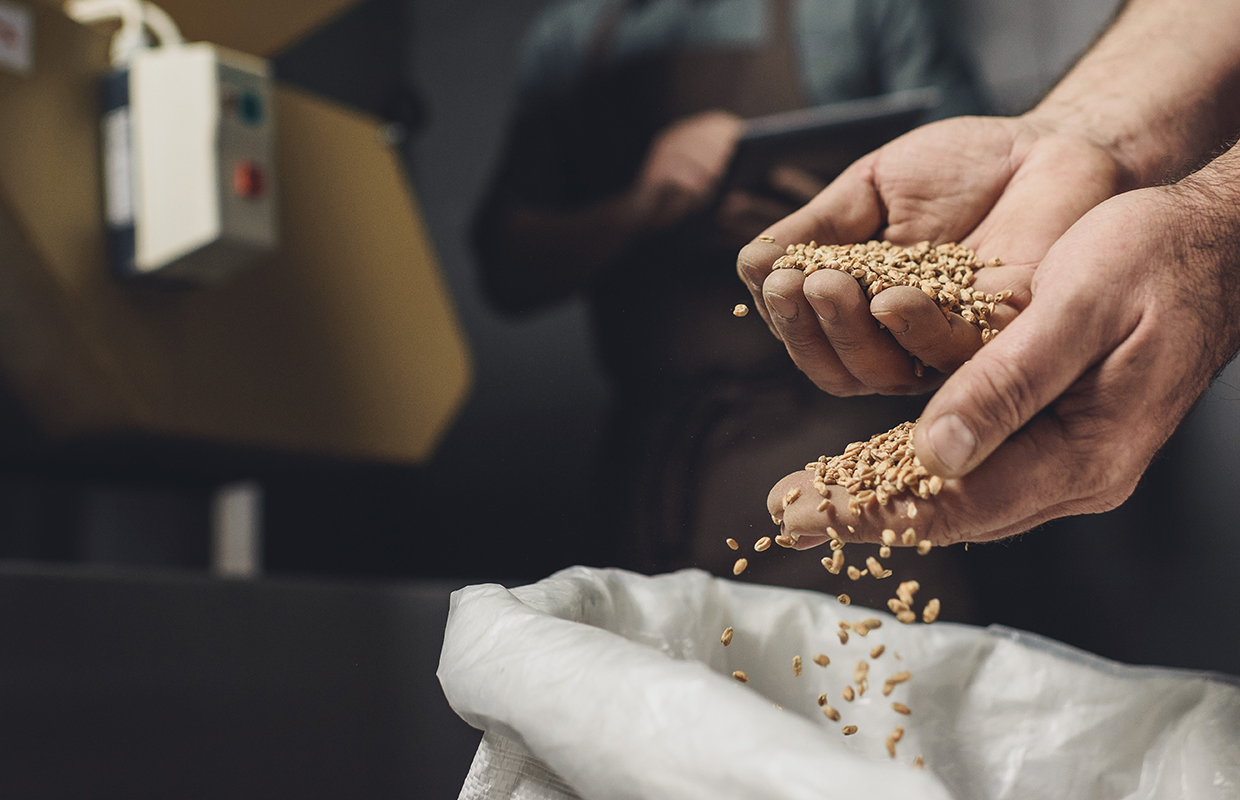
The triple bottom line of being a sustainable cidery means digging into economics, social aspects, and the environment — AKA people, planet, and profit — and trying to set up a program at your cidery can seem daunting.
Yes, it won’t take just a half-hour or a few days to get set up. Understanding the mentality your company should have going forward was summed up like this by Cornell’s Chris Gerling at the 2022 CiderCon talk on sustainability.
“It’s a never-ending process,” he said. “There is no finish line, you try to get better every day, every month, and every year. So give yourself some credit, cut yourself some slack, and try to be better tomorrow than you were today.”
You can’t manage what you don’t measure, he said. The first thing to do is know what you’re doing. Look at your water flow with a meter or if you have a water bill, look at usage. Right there, you have set a baseline so you know what to try to be under each month.
From there, develop a sustainability plan and make sure your entire team is aware of it and involved.
“It’s usually not that hard to get people on board, in terms of the concept, but when you start to say, we’re going to use this technique, or this approach, or we’re going to change out your spray nozzles or something like that, it’s good that people know why and appreciate it, knowing the why of what you’re doing is usually a crucial step,” Gerling explained.
Gerling, speaking on behalf of the Cider Institute‘s Brighid O’Keane, shared her ideas.
Things like better lighting with LED in the production area; low-flow/high-pressure hose nozzles; switching to less aggressive chemicals for detergents and disinfectants and adjusting HVAC settings can all add up to energy savings.
Gerling shared an interesting example: adding a boot scraper outside your tasting room.
“I think it’s a thought experiment, really,” he said. “We need a boot scraper so people don’t bring in much dirt. What happens when people don’t bring as much dirt? We don’t have to clean as much and when we don’t have to clean as much, we don’t use as many chemicals. We don’t use as much labor time, all these different things.
“You can start to look at your facility and every little piece and realize there are things that you might be taking for granted. There are assumptions you might be making, about how things have to be, and all of a sudden, maybe if you step outside, you say, we don’t have to do that every day. There are different ways of being that we can start to minimize our inputs all throughout our process.”
Although all are simple concepts, Gerling said reinventing the wheel isn’t needed. There are like-minded companies in your area that may already be doing this or you can band together to make a more effective program.
Photo courtesy Rootstock Ciderworks





Be the first to comment